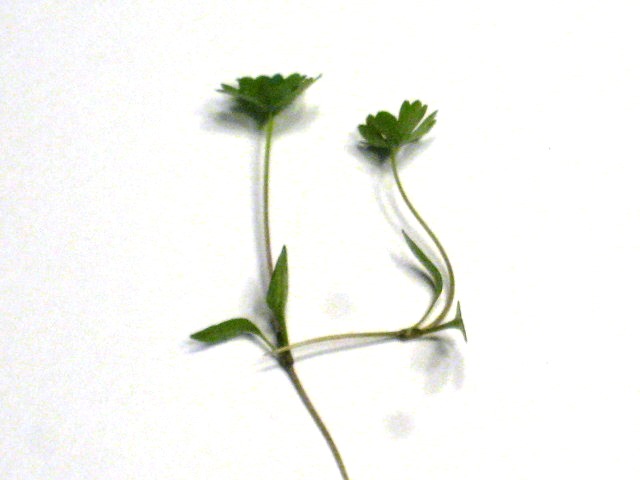
From the first garden in Eden to the small plots behind farmhouses and cottages, the act of gardening has continually drawn hearts closer to God. To work the soil is to join in His creation, and as we work our gardens we learn to care for what He made and trust in His hand for the harvest. When we plant a seed, we act on faith, we learn trust — we believe what is unseen will, in time, spring to life.
“For everything there is a season, and a time for every matter under heaven… a time to plant, and a time to pluck up what is planted.” — Ecclesiastes 3:1–2
A Christian themed heirloom garden is a beautiful practice that connects us not only to the earth and God’s amazing creation but to generations of gardeners before us who cherished these same plants. These seeds — pure, enduring, and freely given — remind us that God’s gifts are meant to be shared and multiplied, not hoarded, neglected, or lost. In cultivating them, we remember that He is the Giver of every good thing, and that tending His creation nourishes both body and soul.
Continue reading Plant a Christian Themed Heirloom Garden: Growing Closer to God Through His Creation

























































